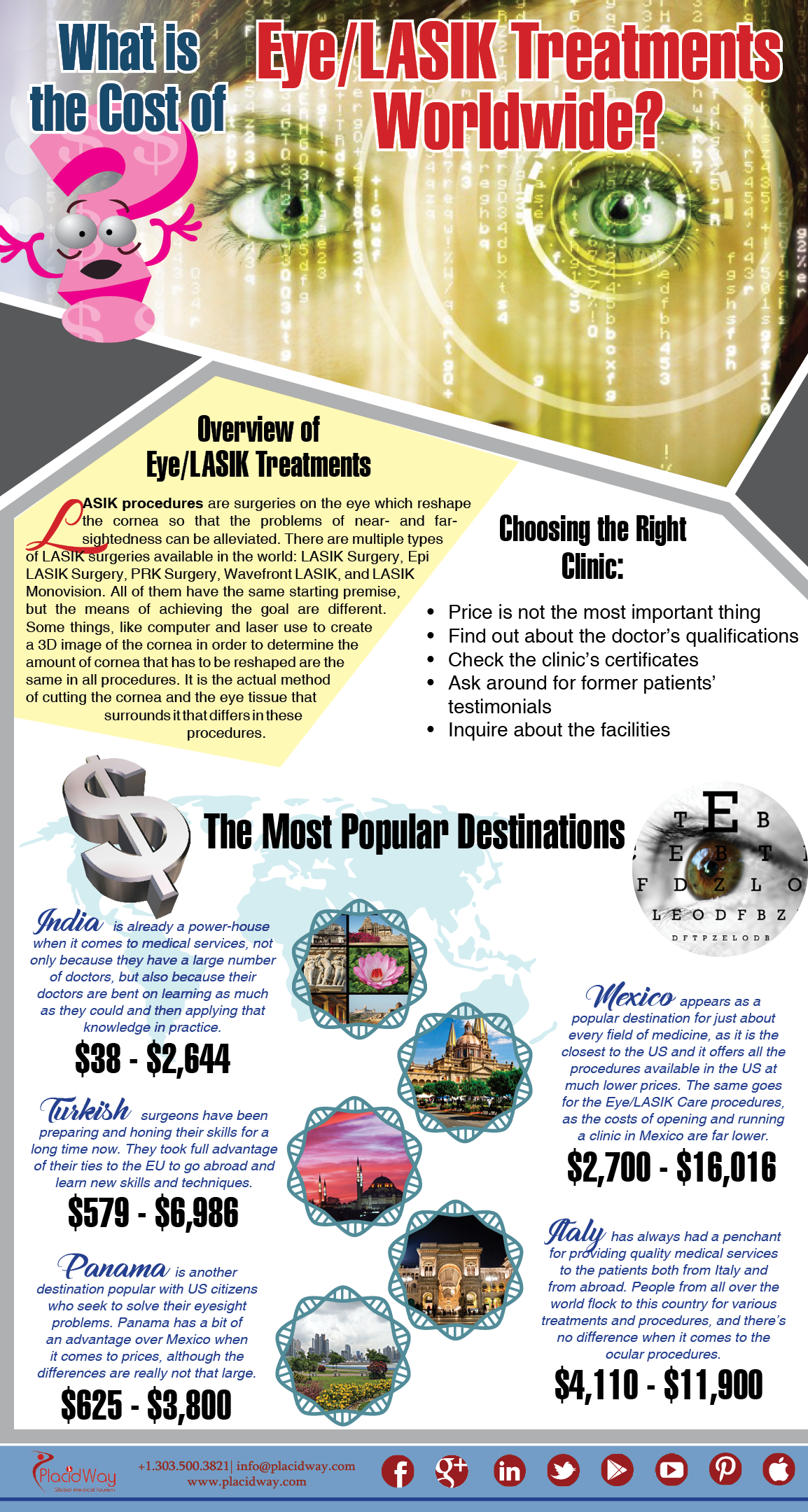Interested In Discovering The Distinctions Amongst SMILE, LASIK, And PRK Procedures For The Eyes?
Interested In Discovering The Distinctions Amongst SMILE, LASIK, And PRK Procedures For The Eyes?
Blog Article
Written By-Dreyer Sander
If you've been considering SMILE eye surgical treatment, you might question exactly how it stacks up against LASIK and PRK. Each treatment has its very own set of advantages and factors to consider. From quicker recovery times to possible threats, there are essential differences you ought to recognize before deciding. Comprehending these differences will certainly assist you make an educated choice that aligns with your details demands and expectations. Interested to recognize even more concerning how these treatments compare carefully? Continue discovering to get a detailed understanding of SMILE, LASIK, and PRK.
SMILE Eye Surgery Introduction
If you're taking into consideration SMILE eye surgical procedure, you'll find it to be a minimally intrusive treatment with a quick recovery time. Throughout SMILE (Little Incision Lenticule Extraction), a laser is used to develop a little, precise incision in the cornea to eliminate a tiny piece of cells, reshaping it to remedy your vision. This varies from LASIK, where a flap is developed, and PRK, where the outer layer of the cornea is entirely gotten rid of.
One of the key advantages of SMILE is its minimally intrusive nature, causing a faster recovery procedure and much less pain post-surgery. The recuperation time for SMILE is reasonably fast, with many people experiencing boosted vision within a day or two. This makes it a preferred selection for those looking for a convenient and reliable vision modification procedure. Additionally, SMILE has been revealed to have a lower risk of completely dry eye disorder compared to LASIK, making it a beneficial alternative for people concerned concerning this possible negative effects.
Distinctions Between SMILE, LASIK, and PRK
When contrasting SMILE, LASIK, and PRK eye surgeries, it's important to recognize the distinctive methods used in each treatment for vision improvement.
SMILE (Tiny Cut Lenticule Removal) is a minimally invasive treatment that involves developing a little incision to draw out a lenticule from the cornea, improving it to remedy vision.
Recommended Online site (Laser-Assisted Sitting Keratomileusis) includes developing a thin flap on the cornea, making use of a laser to improve the underlying cells, and then rearranging the flap.
PRK (Photorefractive Keratectomy) removes the external layer of the cornea prior to reshaping the cells with a laser.
The main difference hinges on the way the cornea is accessed and treated. SMILE is flapless, making it an excellent option for people with slim corneas or those involved in call sporting activities. what to expect two weeks after cataract surgery provides quick visual recovery because of the flap development, yet it may position a higher threat of flap-related complications. PRK, although having a longer recovery period, avoids flap-related issues altogether.
Recognizing these differences is crucial in selecting one of the most suitable treatment for your vision modification needs.
Benefits And Drawbacks Comparison
To review the benefits and downsides of SMILE, LASIK, and PRK eye surgical procedures, it's essential to think about the certain benefits and potential restrictions of each treatment. SMILE surgical procedure offers the benefit of a minimally invasive treatment, with a smaller incision and possibly quicker recuperation time compared to LASIK and PRK. It also decreases the threat of completely dry eye post-surgery, a common adverse effects of LASIK. Nonetheless, SMILE may have restrictions in dealing with higher levels of myopia or astigmatism compared to LASIK.
LASIK surgical treatment supplies rapid aesthetic recovery and marginal discomfort throughout the procedure. It's extremely efficient in dealing with a variety of refractive errors, including nearsightedness, hyperopia, and astigmatism. Yet, LASIK brings a danger of flap complications, which can impact the corneal structure.
PRK eye surgical procedure, while not as preferred as LASIK, avoids developing a corneal flap, decreasing the threat of flap-related difficulties. It appropriates for people with slim corneas or irregular corneal surface areas. Nevertheless, PRK has a longer recuperation time and may include more discomfort during the recovery process.
Conclusion
So, when it involves picking between SMILE, LASIK, and PRK, consider it like choosing the best pair of footwear. SMILE is like a smooth, comfortable pair of tennis shoes - fast and very easy.
LASIK is more like fashionable high heels - showy and quick, however with some potential dangers.
PRK is like durable treking boots - reliable and long lasting, however needing a bit even more effort and time.
Eventually, the very best selection depends on your specific needs and choices.
